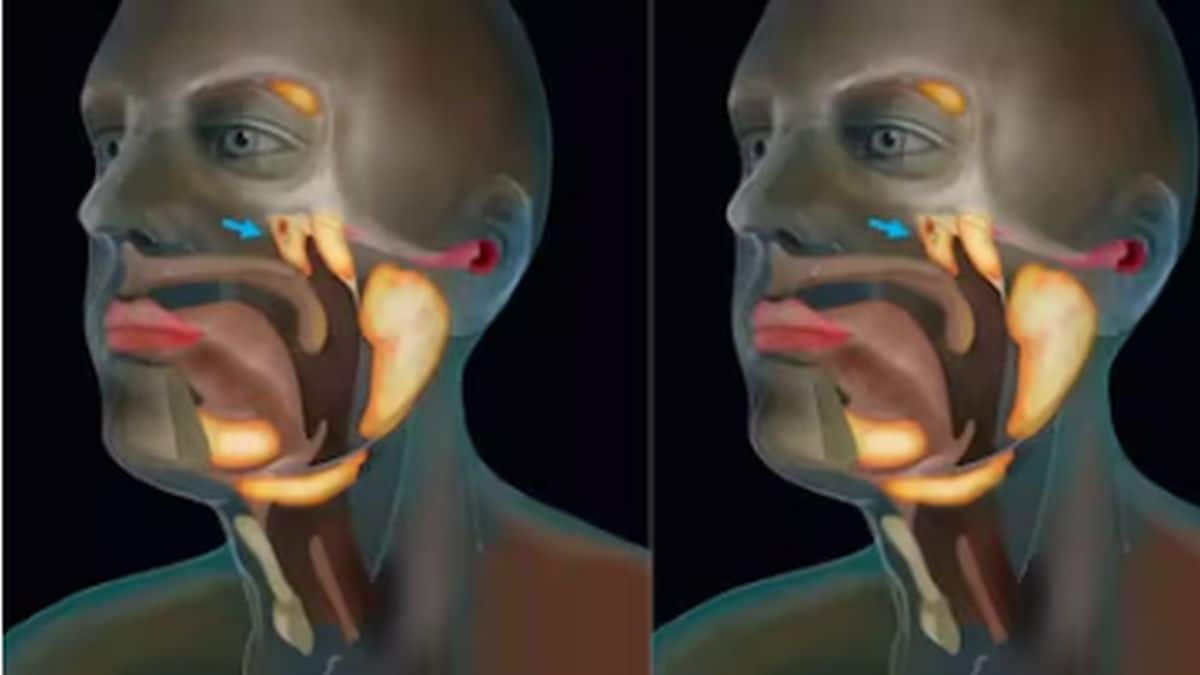According to UNAIDS (Joint United Nations Programme on HIV/AIDS), by the end of 2018, 37.9 million people were living with HIV (Human Immunodeficiency Virus) globally. Out of these, 36.2 million were adults and 1.7 million were children. It has been established that this virus spreads when there is a fluid exchange (blood, semen and vaginal secretions) between a healthy person and a person with HIV. The HIV virus attaches itself to the T-helper cells (one of the immune cells) of the body and then starts to replicate in the body. However, in recent research, scientists have found that there is a type of cell in the brain which helps HIV spread in the entire body.
Hidden HIV: An obstacle in the treatment Generally, HIV attacks the immune system of a person by infecting CD4 positive (CD4+) T cells, which are a type of white blood cells that help in fighting off any infection in the body. With time, these HIV cells destroy the CD4+ T cells, making our body immunocompromised. This eventually leads to Acquired Immuno Deficiency Syndrome (AIDS) in most people. [caption id=“attachment_5159881” align=“alignleft” width=“380”]  Representational image. PTI[/caption] However, the combination antiretroviral therapy (cART) has been working wonders for many people with HIV as it has made their lives longer and healthier. But due to the hidden HIV or the residual low-level HIV multiplication in the body, it is getting difficult for the doctors to stop this menace completely. Studies have shown that even after receiving cART, many patients showed the signs of HIV-associated neurocognitive disorders, such as difficulty in thinking and remembering things. The study: Role of brain cells in spreading infection Recent research published in the journal PLOS, on 11th June 2020, stated that astrocytes, a type of brain cell, provide shelter to HIV and then, later on, help it to attack the immune cells so that it can spread to the entire body. The researchers already knew that HIV enters the brain within eight days of infection, but they did not know if the HIV-infected cells have the potential of migrating from the brain to the body to infect other organs. To find that out, a team of researchers from the Rush University Medical Center, led by Dr Lena Al-Harthi, transplanted HIV-infected and noninfected human astrocytes into the brains of mice who were immunodeficient (with low immunity). Brain cells help HIV to hide and spread The result of the study showed that the HIV-infected astrocytes, that were transplanted in the brain of the mice, were able to spread HIV to CD4+ T cells present in the brain. These CD4+ T cells then travelled out of the brain and spread into the rest of the body. The viral cells started damaging the peripheral organs such as the spleen and lymph nodes. The researchers concluded that low levels of HIV can escape the brain with the help of astrocytes even when the person is getting cART. These results indicate that the spread of the HIV virus via the central nervous system needs to be factored into the treatment plan to completely cure patients of this disease. For more information, read our article on HIV/AIDS (Acquired Immunodeficiency Syndrome). Health articles in Firstpost are written by myUpchar.com, India’s first and biggest resource for verified medical information. At myUpchar, researchers and journalists work with doctors to bring you information on all things health.


)

)
)
)
)
)
)
)
)



